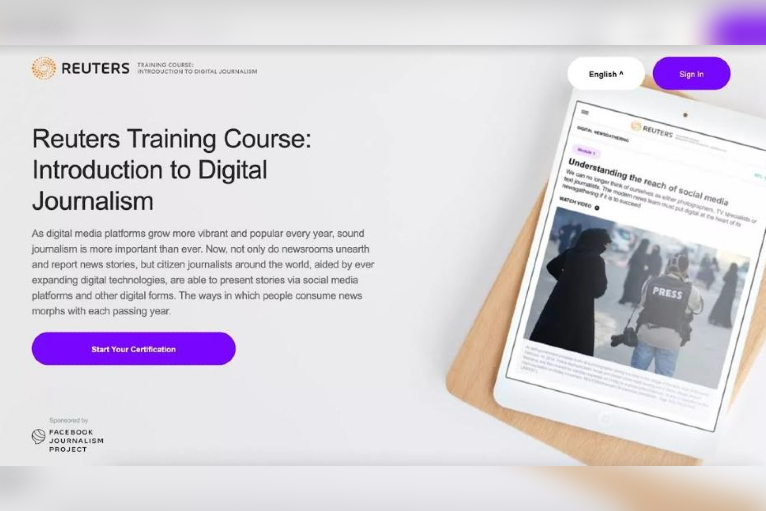Building and maintaining a standout LinkedIn profile isn’t optional. It’s not even highly recommended. It’s mandatory—if you want to stand out. Because 95 percent of recruiters use LinkedIn to actively search for and contact potential employees. Whether you just graduated or are on the hunt for a new job, you can make your life as an applicant a whole lot easier by customizing your LinkedIn profile. Use these five strategies and employers will be more likely to find and hire you:
1. Write an eye-catching, descriptive headline.
LinkedIn automatically defaults the headline beneath your name to your current job title. Set yourself apart with a more creative description. Try not to default to your job title even if you’ve landed a fabulous first job. “Marketing analyst” might be the name of your position, but “Quick-thinking marketing pro with an eye for catchy, viral content” will tell a recruiter that he or she should learn more about you.
2. Choose a professional, approachable headshot and background image.
Your background image is an opportunity to share your interests. Choose a landscape photo of your favorite place to ski or hike if you’re outdoorsy, or a baseball diamond if you like sports. Your profile photo is even more important. Recruiters are 70 percent more likely to scroll down and read through your professional experience if you have a headshot on LinkedIn.
3. Use keywords in your “Summary” section.
The summary is what makes LinkedIn better than a résumé. It’s a place where you can turn your unique educational and professional experience into a compelling narrative for employers. Tell recruiters what you love to do, what you do now and where you want to go next. If you’re looking for a graphic design job, say, “I am a collaborative, outside-the-box thinker who loves using design to make digital products come alive for users”
4. Demonstrate transferable skills.
Your “Experience” section is the one closest to a traditional résumé. It’s where you’ll list all the jobs (both full- and part-time) and volunteer experiences you’ve had until now. You can go into more detail about each job you’ve had than on your résumé, and it’s OK to use “I” and to maintain a slightly more conversational tone.
5. Show measurable accomplishments.
It’s great to tell employers what you’re good at, but specific, numerical accomplishments often say more than words can. Demonstrate to employers how your work had an impact. Maybe you exceeded a sales goal or you increased the number of social media followers.




